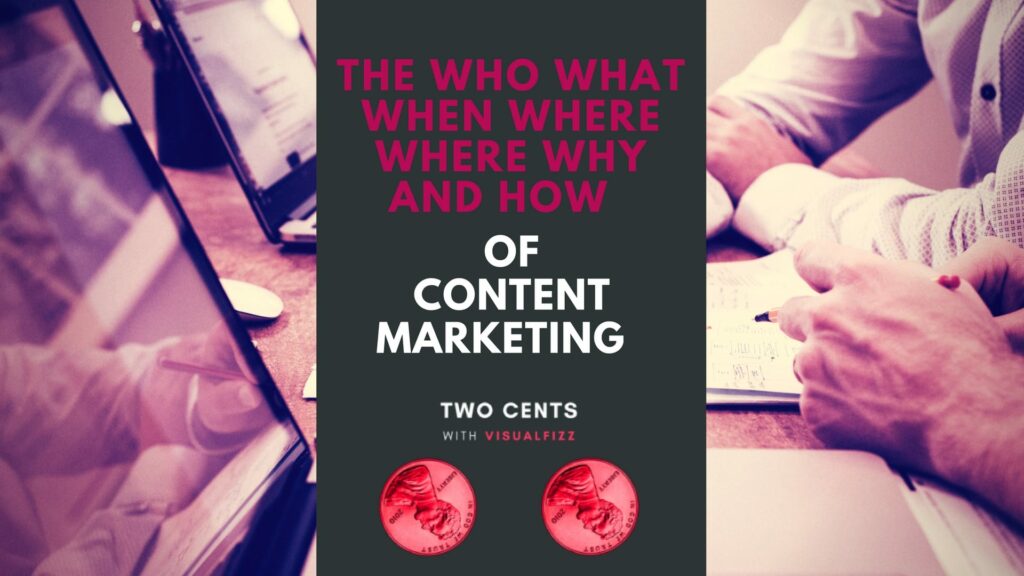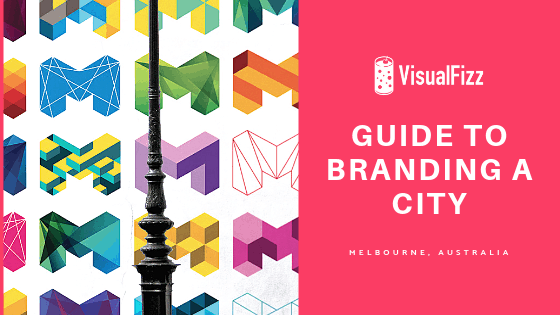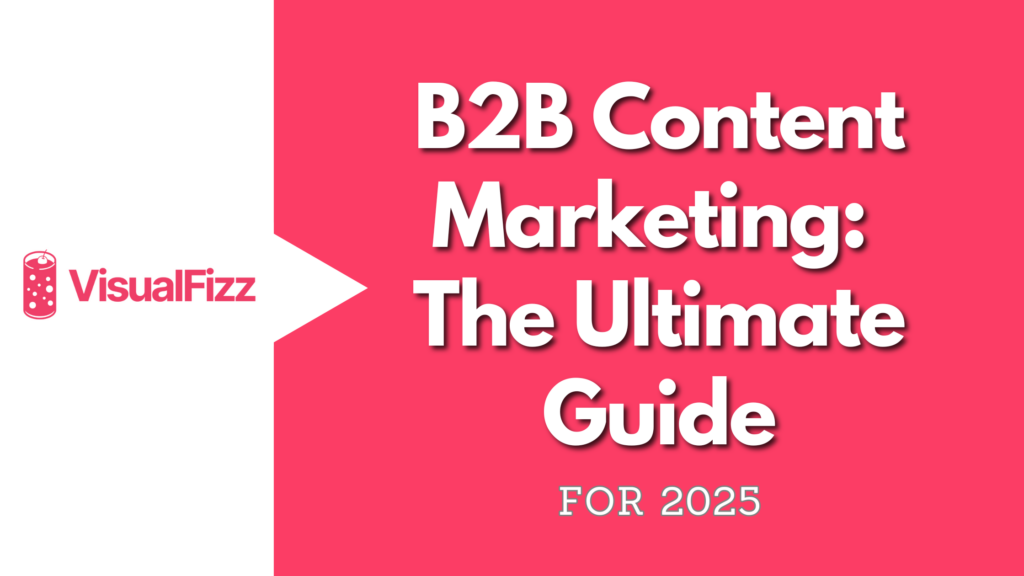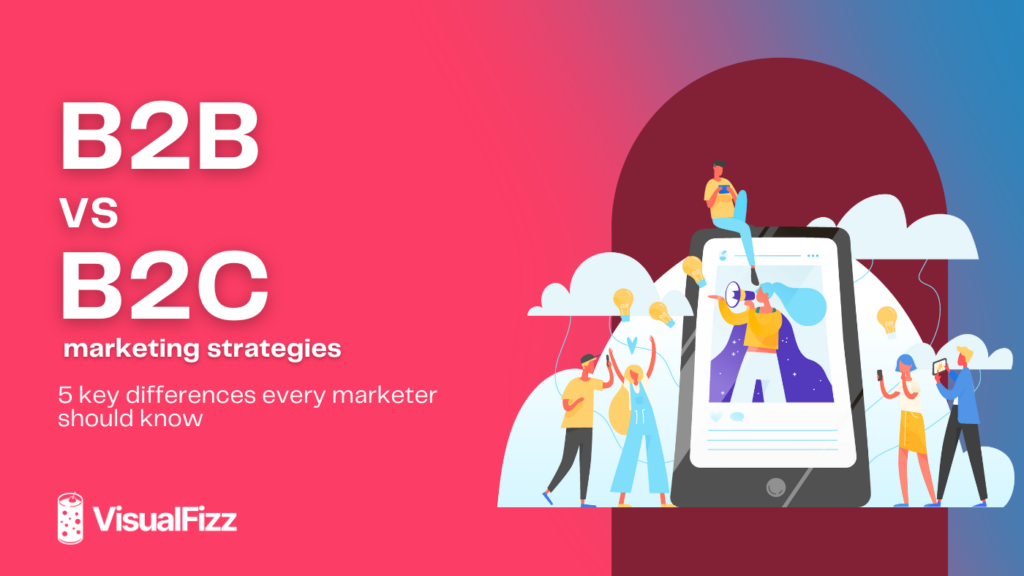
By Marissa Ryan
Categories for this post:Content Improves All Areas of Marketing – Here’s How

We get it, “content marketing” is kind of a broad term. What is does it all mean, exactly? This strategic approach to marketing your product or service involves creating information that is relevant to your business and that people enjoy reading. “Content” can refer to many things, and can be virtually anything like blog posts, ebooks, photos, videos and much more.
To help you get started, we’re here to debunk content marketing so you can start creating awesome content that favors long-term marketing strategy, not just virality.
An effective content marketing strategy begins by asking questions to build some pretty important knowledge, or the “The Who, What, Why, Where, When and How” of content marketing.
Content Works Best When You Define Your Audience
Define Your Customer
Who am I trying to reach? What are they like? Examine Google Analytics, social media comments, reviews, and conduct surveys to learn all about your customers and prospects.
Where do they “hang out” online
Review those customer personas we just identified. Where are they hanging out? What platforms are most accessible to that audience? In terms of your business goals: what products, services, or pages on your website do you want to highlight? What does your audience expect from your business?
What does your audience want to read?
What problems are you trying to solve for your audience? Use content to educate your customers on trends and topics, inspire further reading, and invite them to browse your products or shop on your site for solutions to those problems.
Write Original Content
Now that you’ve put in the research, you’re ready to start crafting your content. The most important factor to engaging your audience with content is to make sure your content is original and fresh.
To keep it interesting, avoid recycling content and concepts over and over again and stay out of the trap of being too similar to your competitors. Bottom line: be yourself and the details will follow.
Evergreen Content: A Forest of Marketing Assets
Not only does your content need to be original, it also needs to be relevant. That means, that the stories you’re telling with your content need to relate to your brand or speak to your audience in some meaningful way. Sometimes it’s obvious when you’re dealing with content that is directly related to your industry, product or service. You can also have a little fun with content that is more inspirational or related to a general theme or quality that is shared by your product or your audience.
For example, outdoor brand REI doesn’t just share content about their own products (they do that too), but they also share beautiful photos of the great outdoors, because it relates to their product and inspires their core customers.
Evergreen content can also consist of content whose findings will always be relevant. Analyzing data and publishing the results, writing about non-time sensitive subjects, and creating infographics that will likely never become outdated ensure that your content can always be shared and reposted.
Spread the Word: Create a Variety of Content Types
As we said before, content can mean a whole lot of things, and the platforms you’re targeting will have a lot to do with what content you’re creating. Read on for a list of some common content types that might work for you.
- Blog Posts drive traffic to your website, improve search engine optimization, and gives you something to link to. Be consistent by writing often, and spice it up with colorful graphics, photographs or videos. Blogging also supports a concept known as “backlinking”, which improves SEO. A backlink is any link on a webpage that directs back to your site. Take advantage of guest blogging on other sites, commenting on posts and forums, and including internal links in your posts that refer back to other pages.
- Email Marketing & Newsletters allow you reach out and share new items, promotions, and general news about your company. Interactive platforms like MailChimp make it SO easy to create visual emails with detailed reports to track success through open rates, click rates, and list performance.
- Infographics are splashy info-based images that crunch a whole bunch of relevant industry data into a visual format that can be shared on blogs and social media. Web-based tools like Visme, Canva, and Piktochart make creating Infographics a breeze.
- Video content is extremely popular, in fact, 78% of users watch videos online every week. Some ideas for video content: featured interviews, commentary, tutorials, and teasers. Capture “in the moment” videos via Facebook Live and Instagram Stories, and take advantage of tools like Spark Video and iMovie that can help even beginners create seamless videos.
- Photos & Collages can be used to share product photography, graphic elements, and visual themes with your audience. With easy creative tools like Canva and platforms like Instagram, it really couldn’t be easier to create fun and inspiring images to spruce up your content.
The possibilities are endless! Content can also include things like memes, GIFs, case studies, white papers, quotes, charts, webinars, press releases, FAQs, lists, and how-to-guides, just to name a few. Here’s 100+ Content Types to get you inspired!
Regular and Consistent Content Marketing Wins
At Visualfizz, many of our client conversations about content raise questions like “How many blog posts do we need to write?” or “can we write 10 posts at once and be finished?”. These types of questions typically indicate a lack of understanding of how Google ranks content on a domain. The answer is – consistent, fresh content that continues on for the life of the brand is the best way to approach content. One of Google’s more prominent patent applications was that of Information retrieval based on historical data in 2003. This first patent led to many, many more patents all along the same lines – Google cares about “freshness” of content and references historical data to understand what types of content are new, fresh, and relevant. Google prioritizes recent content and up-to-date information over stale, outdated content. This is why it’s critical to create on-going content strategies for the best SEO impact.
“Freshness” can be determined by a few different factors. The date of creation, the addition of new content to existing pieces, changes to core content, the rate of change (small, incremental changes vs less frequent, but larger, changes), rate of new link growth, and traffic coming in from links all are important signals that Google uses to indicate freshness.
The concept of freshness varies by industry. Google uses specific factors to monitor the web and takes into consideration when deciding freshness, including:
- Search volume: Are queries for a particular term spiking (i.e. “Earthquake Los Angeles”)?
- News and blog coverage: If a number of news organizations start writing about the same subject, it’s likely a hot topic.
- Social media: A spike in mentions of a particular topic may indicate the topic is “trending.”
Content Freshness Best Practices
Updating existing content with new links, new references (up to date ones will be better than, say, a link to an article that is 5 years old), and new updated information is the best way to ensure that your content stays fresh in the eyes of search engines. Aside from just updating older content, other best practices include:
- Create new content regularly.
- When updating, focus on core content, and not unimportant boilerplate material.
- Keep in mind that small changes may be ignored. If you’re going to update a link, you may consider updating all the text around the link.
- Steady link growth is almost always better than spiky, inconsistent link growth.
- All other things being equal, links from fresher pages likely pass more value than links from stale pages.
- Engagement metrics are your friend. Work to increase clicks and user satisfaction.
- If you change the topic of a page too much, older links to the page may lose value.
Keep your content fresh, up-to-date, and active, and you’ll be handsomely rewarded with higher SEO rankings and more traffic to your blog.
Base Your Content on Your SEO Keywords
Content marketing supports marketing goals in key areas like SEO and Paid Advertising. The more places your content appears and is linked to, the higher your SEO ratings and people want to link to great content.
Not sure where to start? Check out The 9 Best Keyword Research Tools from the minds over at Hubspot.
Use your SEO knowledge (or acquire some), and let it guide your content strategy. If, for example, you are a dental brand, you should obviously write and create content about dental topics that are highly searched, such as “What can I expect from my dentist?” “How much does a crown cost from a dentist in [your location]?”.
Did you know? VisualFizz is a Top Rate Marketing for Dentists and Orthodontists. Check out Top Dental Marketing here.
What’s not so obvious is the concept of “semantic search”. This means that search engines/google are able to better understand the context of a query, and are also able to better understand the full subject matter of the content on your domain. If we’re keeping the dentist example, this would mean that it would be very beneficial to your content strategy to not only write about the topics that immediately relate to dentistry, but also to write about other topics, too. This could range from dentistry and travel to at home dental practices, from mouthwashes to healthier eating to protect teeth.
A Content-Based SEO strategy is the most effective way to be seen as a knowledgeable and trustworthy source within your industry. This is the way VisualFizz helps our brands reach the top pages of searches that are most important to them, and how we are able to improve the visibility of our brands. Want to learn more about a content-based SEO strategy?
Content Marketing is a pretty innocuous term that makes it sound a lot harder than it really is. Stay informed on tools, insights, and analytics to know your data and audience, and use that information to create appealing content pieces that that spark the interest of your industry partners and customers. Stay consistent, write often, and share your content on social channels and everywhere you can.
Do you have a juicy piece of content advice you’d be willing to share with our community? What content strategies have worked well for you in the past? We want to hear about it. Post on our social accounts of your choice and let’s have a conversation!
Publishing Date:










